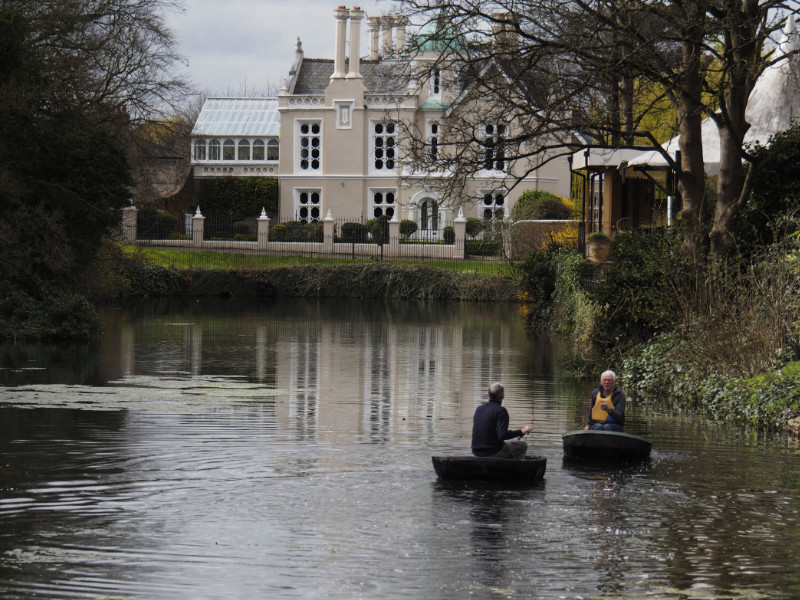When the catkins of the Goat Willow or Sallow (Salix caprea) first start to open they have characteristics that remind me of insects. This small tree is one of the "spring willows" that bear flowers before the leaves have appeared, usually in March. It gets one of its names from the leaves being a favourite food of the domestic goat. "Summer willows" bloom later, at the time of, or after, coming into leaf, and include the crack willow and the white willow.
photos © T. Boughen Camera: Olympus OMD E-M10


















